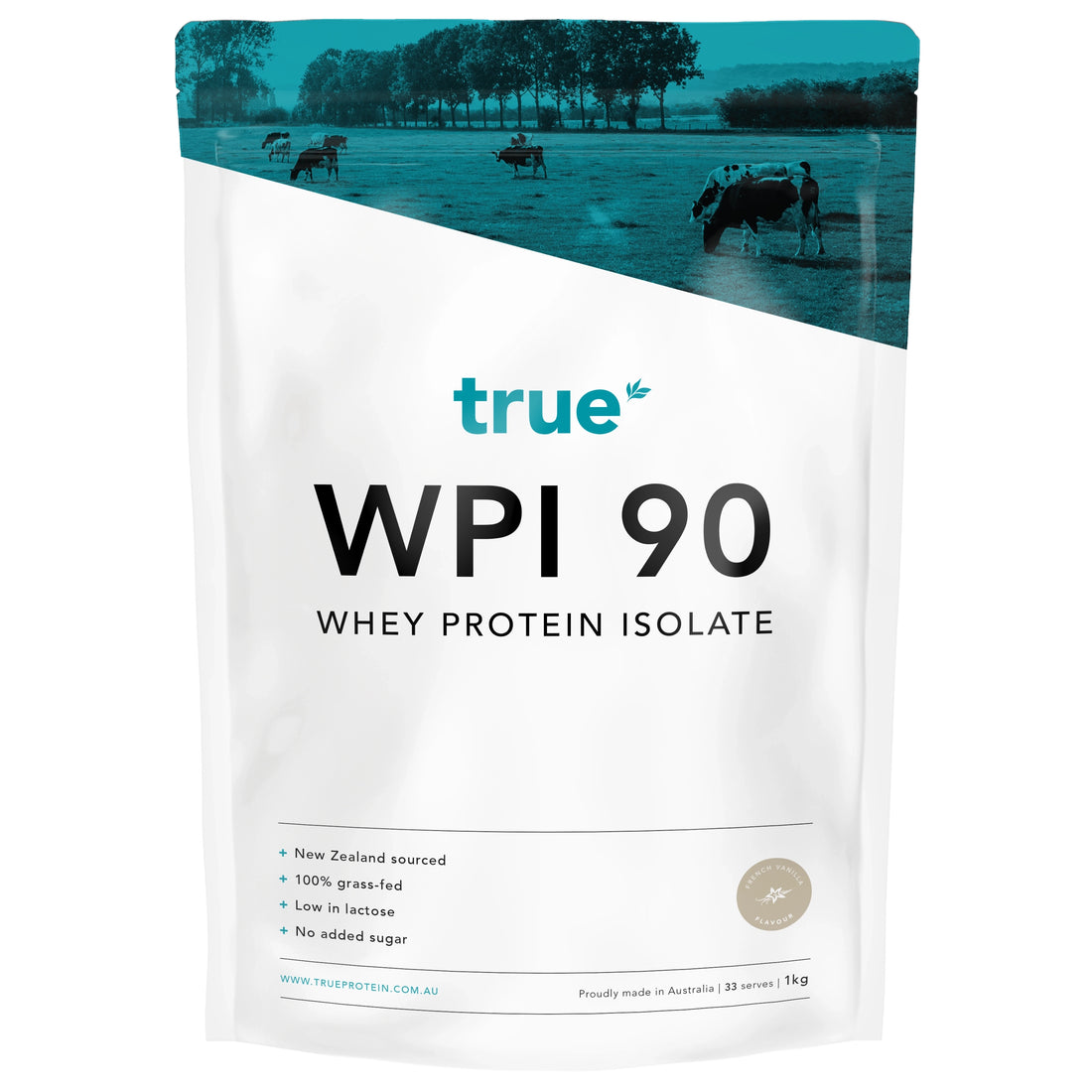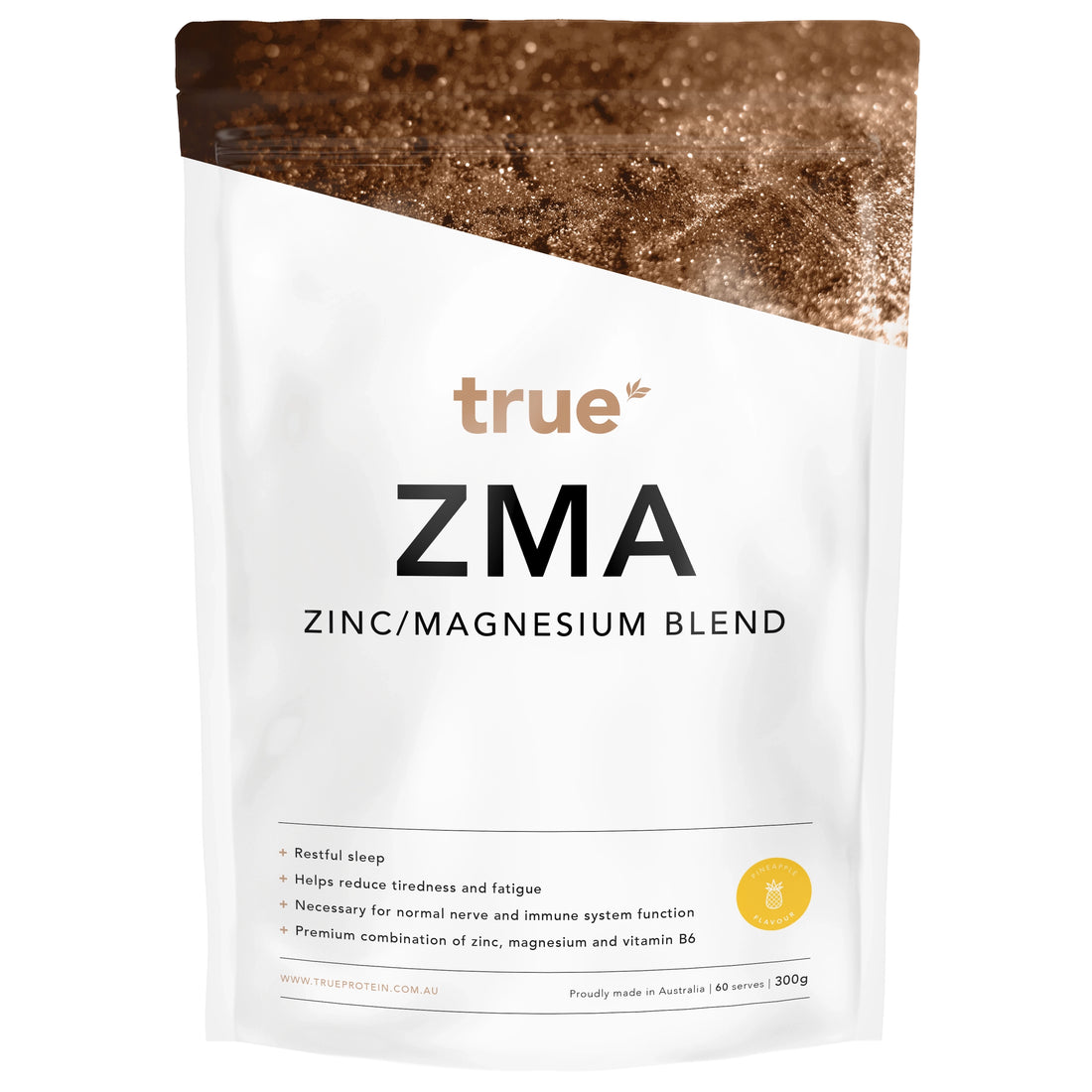The recovery period depends mostly on the workout type and intensity.
For instance, it's perfectly normal not to pay that much attention to time spent recovering from a workout when you go jogging three times a week.
Don’t get me wrong - no one’s underestimating the intensity of jogging, but you have to admit that it is not followed by major signs of exhaustion.
However, if you opt for something a bit more challenging like a HIIT workout or weight lifting, you’ll notice that your body gets significantly more tired. As a result, you’ll have a harder time recovering from such an intense exercise routine. Your body will crave for longer periods of rest, your muscles will feel sore, and you probably won’t have any strength left after the training.
Many have mistaken their post-workout fatigue for something that happens only when a newbie athlete introduces a regular workout routine to their schedule; hoping this exhaustion will pass after they increase the stamina, people neglect the benefits of a post-workout rest and only continue to push themselves further.
In time, as you get stronger and more experienced, you realize that recovery is as important as the exercise itself.
Most fitness professionals believe that skipping on a quality rest time between sets affects progress. According to them, post-exercise recovery helps you stay injury-free, makes your workout consistent for longer periods of time and enables you to max out from time to time.
How much rest do we need?
The amount of time spent on recovery after an exercise varies depending on what you want to achieve. Gain mass, boost strength, or lose weight?
Joe Stankowski, C.P.T, a trainer from Grand Rapids, Michigan, says that the time you spend on a recovery from an exercise impacts the way those exercises you perform affect your body. If you rest for too long between the sets, your workout could lose intensity; but if you don’t rest enough you could get exhausted fairly quickly.
And since timing seems to be everything, here are tips on how to work out and rest properly in order to achieve your fitness goals.
Recovery period for muscle gain
Studies have shown that there is a direct link between increased testosterone and growth hormone levels during an exercise recovery time. The production enhances if the rest periods are short-to-moderate. The amount of resting time varies depending on the number of sets and the size of the weights, but ideally, you should aim for 60 to 90-second breaks between repetitions.

WPI90
WPI boasts 90% protein content for first-class results
- Regular price
-
From
$38.00 - Regular price
-
- Sale price
-
From
$38.00
Quick Buy
Recovery period for gaining strength
When it comes to strength workouts, you can relax for a little bit. Since you mostly lift heavy weights, both your body and mind need time to recover. If you don’t get the right amount of rest, your muscles won’t be ready to repeat another equally heavy set. It may even affect the recovery time needed for your next workout.
In this case, the recommended resting period would be somewhere between 3 to 5 minutes, after which you should be ready to pull off another set.

Recovery period for weight loss
According to Stankowski, there are two approaches to losing weight and burning fat - both good and highly efficient.
The first one would be to burn as many calories as you can, which can be achieved by continuous exercising with short or no rest breaks. The perfect example of this type of training is a circuit workout which requires 30 seconds or less to recover.
The second approach includes switching between sets of unrelated exercises, like squats and rows. Workouts like this, engage the entire body while giving it enough time to rest, recover and build muscle. The resting period between the sets is a bit higher, which is somewhere between 30-90 seconds.
Setting up a healthy meal plan is also essential when looking to reap the benefits of the post-exercise recovery period, especially when you are exercising to lose weight.
When it comes to post-exercise recovery, it is imperative that you eat immediately after a workout, as that way your body will be able to recover quickly. If you have a fairly busy schedule, focus on preparing your meals in advance - you can check out one of our low-calorie meal preps.
By fueling your body with a mixture of protein and carbs, you’ll ensure its glycogen levels are back to normal, which is also fundamental for a quick muscle recovery.
Whether it’s a smoothie or a more concrete meal, the important thing is to keep the carb-protein ratio to 3:1.
Some of the recommended post-workout meals and ingredients are:
• A smoothie consisted of whey, or vegan protein powder and frozen fruit;
• Protein (chicken or vegan/vegetarian) with rice, or quinoa and vegetables;
• Greek yoghurt with fruit and oatmeal, or low sugar granola.
If you are looking to lose weight, adjust the meal size and the ingredients according to some of your favourite weight loss recipes.

Recovery period for conditioning and efficiency
If you want to bulk up and finish your workout more quickly, cut back on your recovery time by five to 10 seconds per week. During this period, don’t increase the weights. For example, if your recovery time between sets lasted for 60 seconds last week, bring it down to 50-55 seconds for this one. By doing so, you’ll realize that in a few weeks you’ll be doing the same intensity workout in much less time, and even improve your overall conditioning.
Other than achieving certain fitness goals, post-exercise recovery effects the quality of your life. In order to live and feel the best you can, here are a few more suggestions on how to use your recovery time more efficiently.
Try foam roll
Foam rolling is a highly beneficial form of a recovery after an exercise. If applied after a workout session or at least a few times a week, foam rolling helps alleviate muscle soreness, prevents injuries and increases your flexibility. The best way to use foam rolling is to find a problematic spot and stay on it for 15-30 seconds until you feel pain relief.
Go to bed early
Sleep represents the ultimate recovery time. While sleeping, our body goes through protein synthesis, which means that protein gets incorporated into muscles, making them stronger while at the same time balancing hormone levels. If you can’t get the recommended 7-9 hours of sleep every night, compensate with afternoon naps.
Make sure your Vitamin D-levels are up to standard
According to the Journal of the International Society of Sports Nutrition, vitamin D deficiency has a negative impact on exercise recovery. Levels of vitamin D tend to decrease during the winter due to the lack of sun and a short amount of time spent outside. Thus, when convenient, pay a visit to your physician and ensure your vitamin D levels are up to standard.

Drink lots of water
National Academy of Medicine's recommendation for daily water intake is eleven 8-ounce glasses. Hydration is important for workout performance, but it’s even more essential for post-exercise recovery. By staying hydrated through your workout, you help your body undergo glycogen synthesis, a process during which a body fills up its energy stores, that way maintaining a normal temperature and mediating tissue breakdown. While exercising, try to drink approximately eight ounces of water every 15 minutes.
Dairy products for late-night snacks
If you feel a bit peckish late at night, opt for dairy-based products like Greek yoghurt or cottage cheese that are rich in slow-digesting casein protein.
Consumed before bed, True Night 85 also known as casein protein increases the level of circulating amino acids which provide a steady stream of nutrients that prevent muscle breakdown.
Bottom line
The best thing you can do to ensure your body’s full recovery is to rest. Just relax and do nothing. Don’t stress over missing a day of training, as according to a published report in the Journal of Strength and Conditioning Research - it’s even recommended. Treat your body to a day off at least once a week - it surely deserved it!



